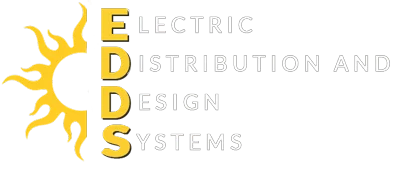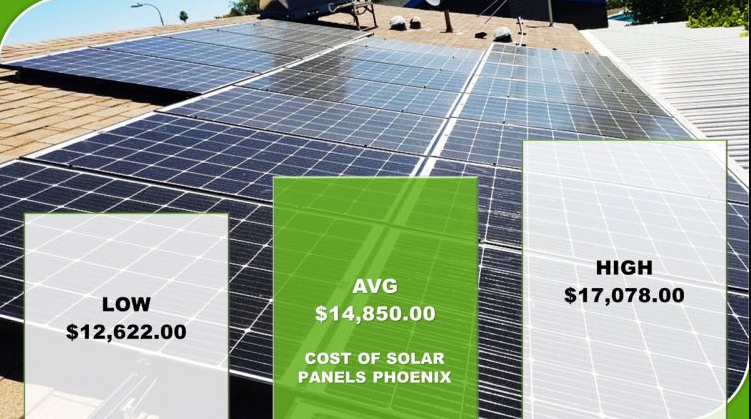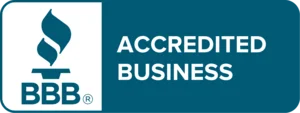Switching to solar power is a smart choice for both the environment and your wallet. But one of the first questions many people have is, “how much does solar power cost?” With rising electricity prices, more homeowners and businesses are exploring the benefits of solar energy. However, understanding the true costs, potential savings, and different options can be a bit confusing. In this blog, we’ll break down everything you need to know about the cost of solar power in easy-to-understand language, so you can make an informed decision about whether it’s right for you.
1. Understanding the Basic Costs of Solar Power
The initial cost of solar power primarily includes solar panels, inverters, installation, and any additional equipment required. While it might seem costly upfront, solar panels are an investment that pays off over time. On average, a residential solar system in the U.S. costs between $15,000 and $25,000 before any incentives or rebates. Prices vary depending on factors like the system size and your location. The price may seem steep, but the long-term savings on electricity bills make it worthwhile for many.
2. Factors Affecting the Cost of Solar Power
Location and Sunlight Availability
The amount of sunlight your location receives plays a big role in determining “how much does solar power cost” for you. States with abundant sunshine, like California and Arizona, can produce more energy from the same system compared to areas with less sunlight. Consequently, people in sunnier states often see quicker returns on their investment.
Type and Quality of Solar Panels
Not all solar panels are the same, and they vary in both efficiency and price. Higher-efficiency panels generate more electricity but come at a higher cost. However, the extra investment might be worth it if you have limited roof space and need to maximize power generation.
Size of the Solar System
The size of your solar system depends on your household energy needs. Larger systems with more panels will produce more energy but will also cost more. A typical home requires a 5 to 10 kW system, which affects how much you’ll pay upfront.
3. Incentives and Rebates for Solar Power
Solar incentives and rebates can significantly reduce the total cost of installing solar panels. The federal solar tax credit, for instance, allows you to deduct a percentage of your solar installation costs from your taxes. Many states also offer additional incentives like tax credits, rebates, and net metering, where you can sell excess energy back to the grid. These financial perks help offset initial costs and make solar energy more affordable.
4. How Long Does it Take to Break Even on Solar?
The time it takes to break even on your solar investment varies but is generally between 6 to 10 years. This period is known as the “payback period.” After this time, the electricity generated by your system is essentially free, aside from minor maintenance costs. For example, if your system costs $20,000 and your annual electricity savings are around $2,000, you’ll break even in about 10 years. With solar panels typically lasting 25 to 30 years, that’s a lot of time to benefit from free power.
5. Financing Options for Solar Power
Outright Purchase
Buying a solar system outright means paying the full amount upfront. This option may be more costly initially but yields the highest return on investment because you own the system outright and keep all the benefits.
Solar Loans
Solar loans allow you to finance the system with a monthly payment plan. Many loans have low or no down payments, and the interest is often tax-deductible. With a solar loan, you still own the system and enjoy the benefits of reduced electricity bills.
Leasing and Power Purchase Agreements (PPAs)
Leasing and PPAs let you use solar energy without owning the system. With a lease, you pay a fixed monthly fee for the use of the system, while in a PPA, you pay for the energy produced. These options have lower upfront costs but typically offer fewer savings compared to owning the system.
6. Maintenance and Additional Costs
Solar panels are known for their durability and minimal maintenance. Regular cleaning, typically once or twice a year, ensures the panels operate at peak efficiency. Occasionally, inverters or other components may need replacement, with an inverter costing around $1,000 to $2,000 if it fails outside the warranty period. Thankfully, most systems come with warranties of 20-25 years, covering most issues.
7. Calculating Your Savings and Return on Investment
To calculate your potential savings, consider your monthly electricity bill, system cost, and any financing terms. Use online solar calculators for a quick estimate. In general, if you spend around $100 monthly on electricity, you could save approximately $1,200 annually with solar. Over the lifespan of the system, these savings add up, making solar power a cost-effective choice in the long run.
8. Is Solar Power Worth the Cost?
When considering “how much does solar power cost,” it’s essential to weigh both the initial investment and long-term savings. Solar power has numerous benefits, from reducing your carbon footprint to protecting yourself from rising energy prices. Plus, government incentives and financing options make it more affordable than ever. For many, the long-term financial and environmental benefits of solar power make it a wise choice.
Conclusion
The cost of solar power varies based on factors like system size, location, and financing options. While the upfront investment can be significant, the long-term savings and environmental benefits make it worthwhile for many homeowners and businesses. By understanding “how much does solar power cost” and exploring different financing options, you can make an informed choice about whether solar power is right for you. Solar energy not only helps you save money but also contributes to a cleaner, greener planet.



